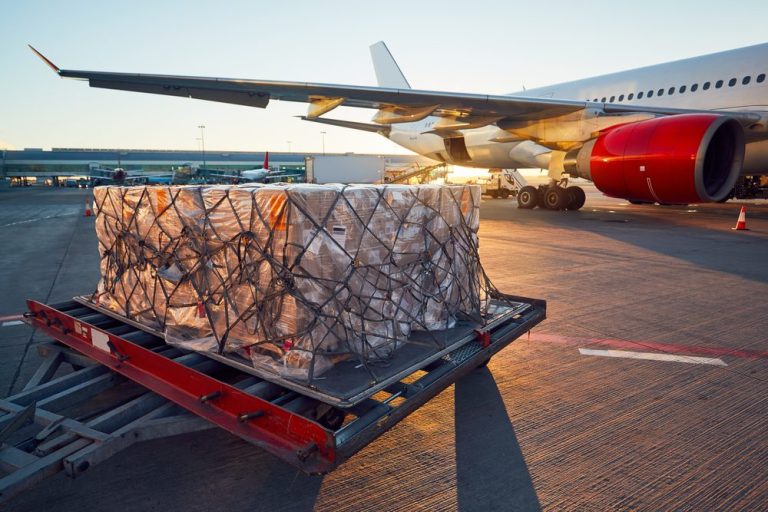
Freightos noted in its most recent earnings report — it’s first as a publicly traded entity — that shipping demand is a lot different than a year ago.
And in testament to headwinds, the company said that 2023’s revenues will grow by 15% to 21% year on year, where early management projections had pegged that growth to be near 90%. At the new guidance, the company would see its revenues clock in at $22.3 million to $23.6 million.
As noted on the conference call with analysts, CEO Zvi Schreiber said that “the industry has obviously changed beyond recognition.”
The headwinds would be a significant slowdown from the 72% growth rate seen in 2022, when the company reported $19.1 million in sales.
The slowdown has been reflected in the company’s stock price: $4.03 at Tuesday’s close, the company slipped 8% on the day, leagues below its opening near $23 in January.
Key to the muted expectations: Air and ocean volumes and rates are pressured, which will result in a slowdown in bookings across the platform.
In the company’s earnings materials, and in management commentary on the earnings call, Freightos has benefitted from the fact that the international freight market had remained a largely “offline” endeavor, which Schreiber has said has resulted in “tens of billions of dollars of waste, and the offline, highly intermediated nature of global freight is a factor in all the supply chain problems we’ve experienced in recent years.”
The multisided marketplace, he said, has been successful in connecting carriers (airlines and ocean liners) freight forwarders and importers/exporters. Schreiber highlighted that “the total number of airlines on the platform was 35 in 2022, with some initial growth in ocean liners as well. By the end of 2022, our platform airlines represent[ed] over 50% of global air cargo capacity,” said the CEO.
The number of unique individual business users booking freight service on the platform rose to 16,000 at the end of last year from 11,000 at the end of 2021. On average, each unique user placed 43 bookings during the fourth quarter of 2022, up from 18 in the previous year’s fourth quarter.
“In fact, there are at least five large countries in Europe where our data indicates that over 10% of all air cargo shipments are booked on WebCargo by Freightos,” Schreiber said.
And per management commentary, the most important metric to track has been transaction volumes — through the year, the transaction count across the platform grew by 154% to nearly 670,000 bookings. Gross booking value (GBV) was up more than 100% to $611 million despite the fact that freight prices dropped sharply in the latter half of the year.
Schreiber said that sales and marketing spend remains less than 2% of GBV, which is less than other B2B marketplaces.
But as to the macro headwinds: Air cargo prices, to use just one metric, are down 25% from last year.
“To a large extent this massive adjustment is simply a reversion to pre-pandemic prices and volumes, but it still represents a dramatic drop in price levels and a drop in volume too,” said Schreiber. And headed into 2023, the freight industry’s volumes and prices are down by 10%. The platform itself, he said, should see transactions grow by 50%.
In the question-and-answer session with analysts he said “digitalization has now got fantastic momentum,” and noted that ocean liners, in particular, represent a greenfield opportunity over the long term. Airline payments, which are in beta mode, will help improve take rate.
“There’s many ways where we can become a more valuable channel for the sellers,” said Schreiber, who added that “handling payment is also a very substantial way of monetizing. It’s easier to monetize and extract fees when you’re handling the payments, it adds more value. We’re able to take care of issues of cross-border credit and foreign exchange, which are big issues in our industry.”